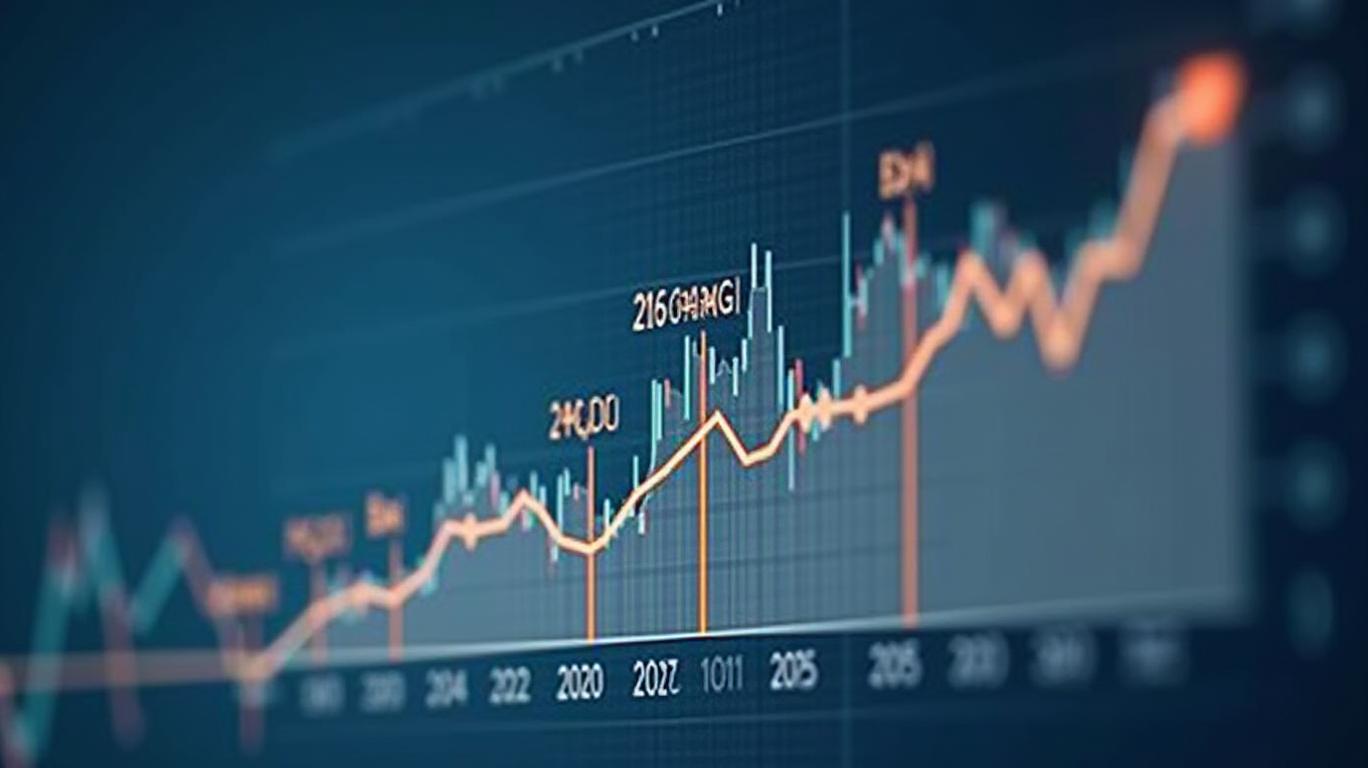Alcoa's Dividend Decision: A Steady Hand Amid Shifting Winds
Alcoa Corporation’s recent declaration of a quarterly cash dividend of $0.10 per share—maintaining its commitment to shareholders despite a challenging operating environment—offers a window into the company’s financial strategy and resilience. The payout, set for June 6, 2025, to shareholders of record as of May 20, underscores Alcoa’s focus on balancing returns with operational priorities. Yet this decision arrives against a backdrop of headwinds, from tariffs to supply chain disruptions, making its dividend continuity both a sign of strength and a strategic gamble. Let’s dissect the details.
Ask Aime: "Is Alcoa's dividend cut a sign of the stock's weakness or resilience?"

Financial Health and Dividend Context
The dividend, representing an annual yield of 1.56% based on Alcoa’s May 2025 stock price of $25.88, reflects the company’s financial discipline. However, this yield must be viewed through the lens of recent market performance: the stock has declined by 42% over six months, raising questions about investor confidence. Alcoa’s InvestingPro Financial Health Score of “GOOD” and its undervalued stock status suggest underlying stability, but the dividend’s sustainability hinges on navigating near-term challenges.
Headwinds and Operational Resilience
Alcoa’s Q1 2025 results highlight both strengths and vulnerabilities. While earnings per share (EPS) of $2.15 beat estimates by 36%, revenue fell short at $3.37 billion versus expectations of $3.5 billion. Strong aluminum prices and cost efficiencies—particularly from bauxite offtake agreements—drove profitability. Yet U.S. tariffs on Canadian aluminum imports, projected to cost $90 million in Q2, and operational setbacks like the power outage at its San Ciprián facility in Spain, weigh on margins.
The company’s $1.2 billion cash balance as of March 2025 provides a buffer, but the $67 million Australian tax refund victory and the San Ciprián joint venture with IGNIS Equity Holdings signal efforts to offset these pressures. Meanwhile, JPMorgan’s decision to lower its price target from $28 to $25, citing mixed Q1 results, adds investor skepticism.
Ask Aime: Why did Alcoa declare a quarterly dividend of $0.10 per share, and what challenges does the company face in maintaining this payout?
Strategic Priorities and Long-Term Outlook
Alcoa’s dividend decision aligns with its broader strategy of maintaining shareholder returns while prioritizing debt management and operational resilience. The recent $1 billion bond issuance in Australia reflects its focus on repositioning debt and securing liquidity. However, the company’s exposure to global aluminum demand—which remains tied to macroeconomic factors like trade policies and energy costs—adds uncertainty.
Conclusion: A Dividend Worth Considering?
Alcoa’s dividend declaration is a calculated move that balances shareholder expectations with financial prudence. The $0.10 quarterly payout, while modest, maintains continuity with its history of distributions, and the company’s $1.2 billion cash reserves suggest it can weather current headwinds. However, investors must weigh this against key risks: the $90 million tariff impact, ongoing operational challenges, and a stock price that has underperformed the broader market by 42% in six months.
The Q1 EPS beat and strategic moves like the San Ciprián joint venture offer hope, but JPMorgan’s “Neutral” rating and lowered price target underscore lingering concerns. For income-focused investors, the 1.56% yield may appeal, but the broader picture demands caution. Alcoa’s path forward depends on stabilizing its top line, mitigating tariff impacts, and capitalizing on its bauxite and alumina advantages in a volatile metals market. For now, the dividend is a vote of confidence—but one that requires close monitoring of both its balance sheet and the global economic crosscurrents it navigates.










